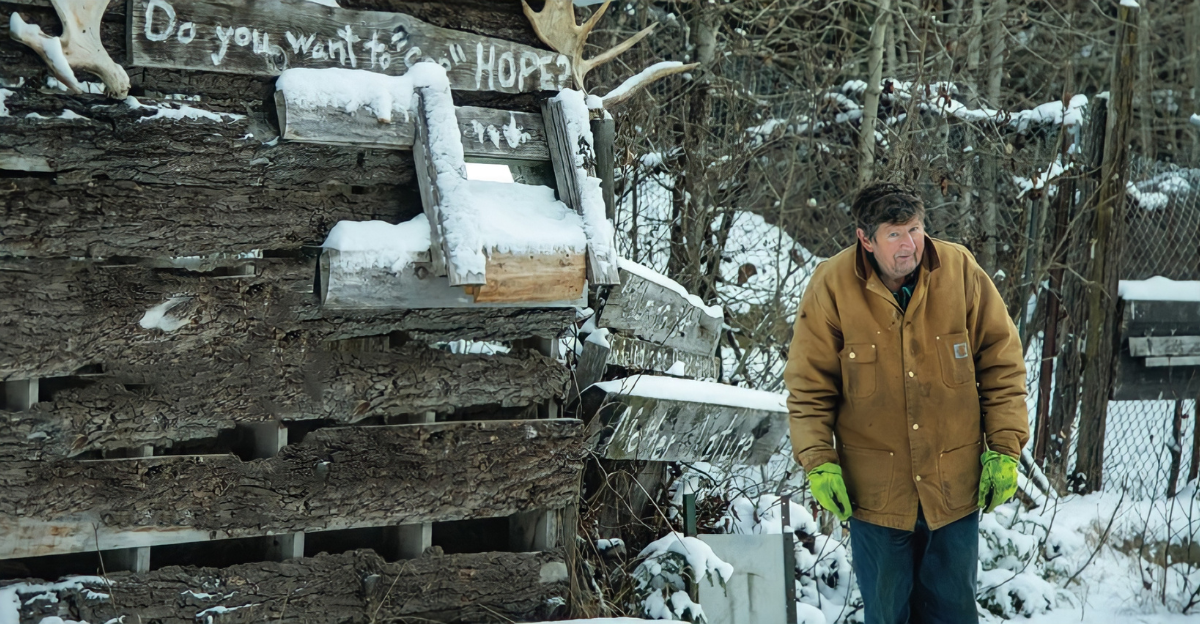
In Alaska’s vast, remote wilderness, a troubling development is unfolding around a once-celebrated wildlife sanctuary. The Kroschel Wildlife Center, known for its unique encounters with native animals, has suddenly become the focus of intense state scrutiny. What triggered this abrupt and forceful state action? The sanctuary, which served as a refuge and educational hub for Alaska’s iconic wildlife for years, now finds itself at the center of a storm.
State agencies have launched an unexpected operation, shaking the quiet frontier community and raising many questions. Is this a case of regulatory overreach, or are there deeper concerns about animal welfare and public safety? The mystery behind the raid invites us to look closer at the tensions simmering beneath the surface in Alaska’s wildlife management landscape. What lies behind this sudden crackdown?
Stakes Extend Beyond Local Borders
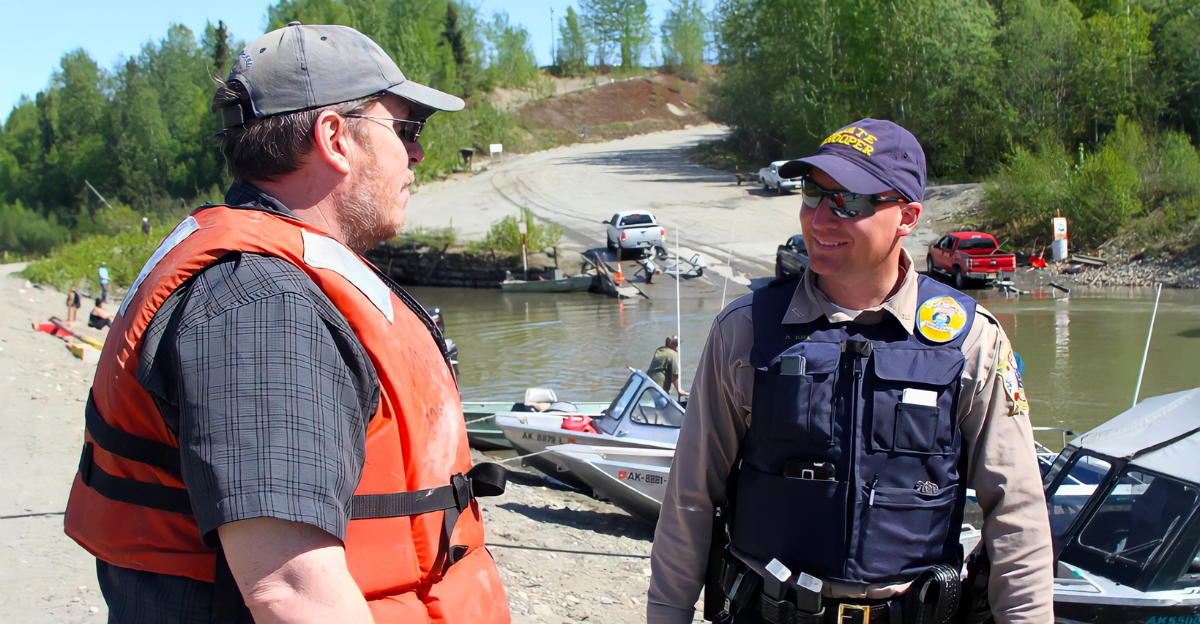
This situation is more than a local dispute confined to a remote corner of Alaska. The involvement of multiple state agencies, including Alaska Wildlife Troopers and the Department of Fish and Game, signals serious concerns regarding wildlife welfare and public safety. The enforcement action reflects broader challenges nationwide in managing wildlife tourism, captive animal care, and regulatory compliance. Alaska’s unique ecosystem and wildlife attract many visitors, but also require careful stewardship.
This case highlights the complexities of balancing conservation goals, educational outreach, and strict adherence to animal welfare laws. The controversy raises important questions about how states regulate private wildlife sanctuaries, especially in remote areas where oversight can be difficult. The ripple effects of this raid could influence policies and public attitudes across the country, making it a significant moment in wildlife management.
A Beloved Sanctuary’s Past
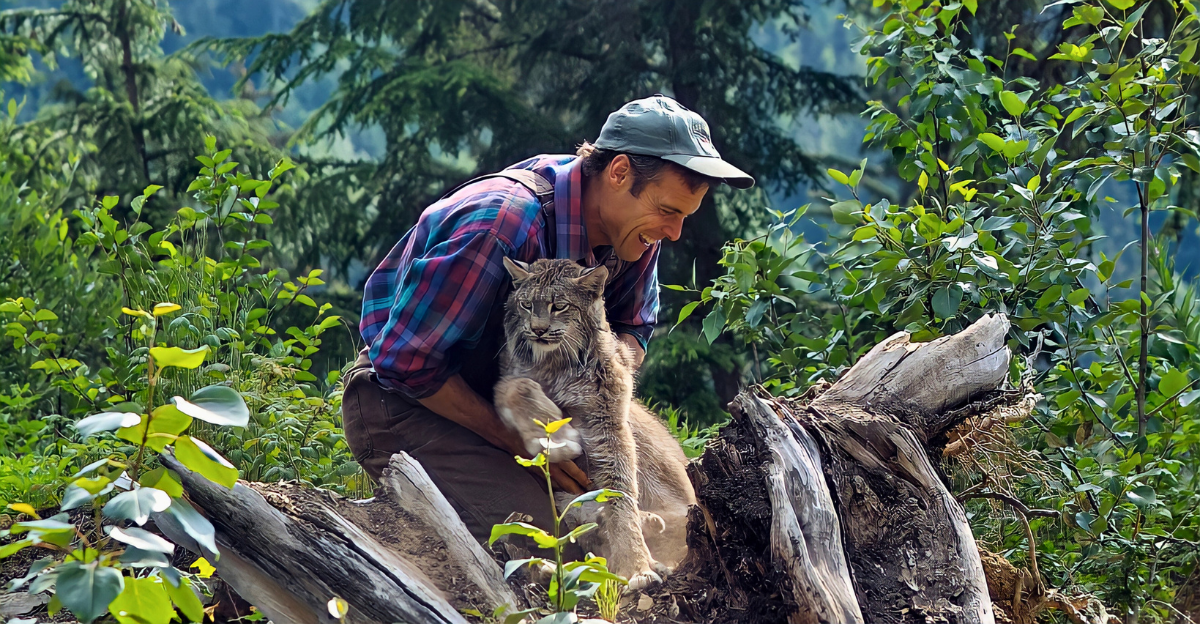
For many years, the Kroschel Wildlife Center was a beloved destination for visitors seeking an intimate, close-up experience with Alaska’s iconic animals. Operated by filmmaker Steve Kroschel, the sanctuary provided a rare chance to see wolves, bears, lynx, and other native species in a naturalistic setting. It was not just a tourist attraction but an educational hub where people of all ages learned about Alaska’s wildlife and conservation challenges.
The center was primarily known for rescuing orphaned and displaced animals, offering them a haven. Thousands of visitors flocked there annually, drawn by the promise of adventure and a deeper connection with the state’s natural heritage. The sanctuary’s reputation as a unique and cherished institution made the recent state intervention all the more shocking to supporters and locals alike.
Emerging Concerns and Conflict
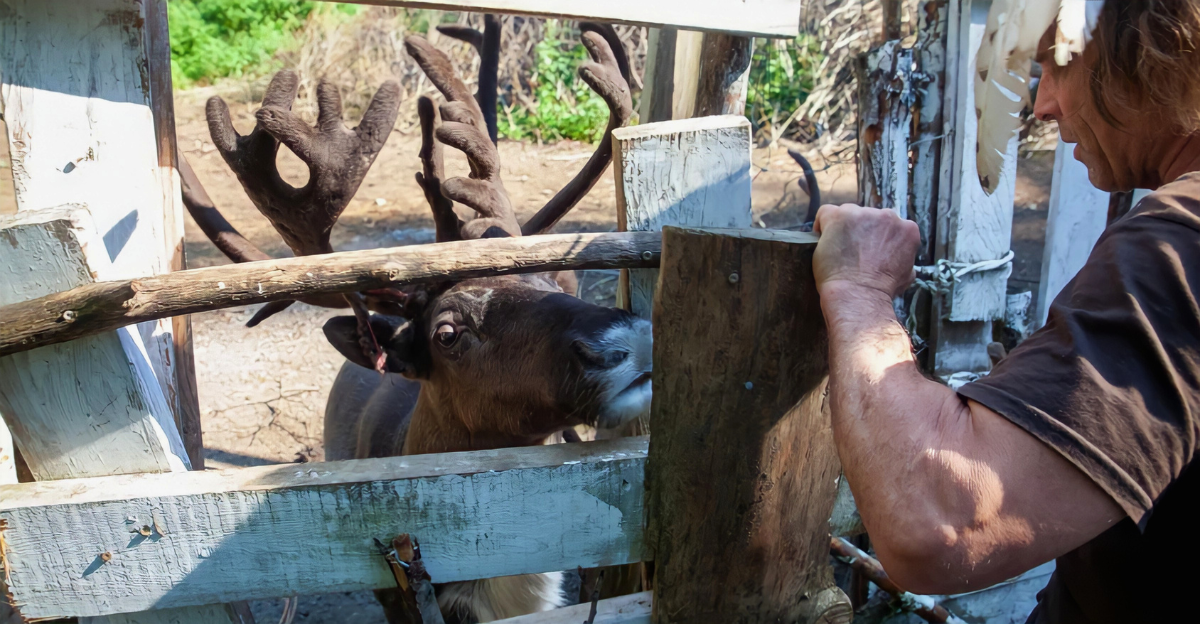
Despite its popularity and educational mission, cracks began to appear in the sanctuary’s operations. State regulatory agencies raised growing concerns about animal care standards, enclosure safety, and sanitation practices. These issues did not arise overnight but built up over time, leading to a prolonged conflict between the sanctuary’s operator and state officials. The state demanded improvements and compliance with increasingly strict regulations, while the refuge struggled to meet these requirements.
Licensing challenges and permit losses added fuel to the fire, escalating tensions. The dispute became a battle over authority, animal welfare, and operational viability. This mounting pressure set the stage for a dramatic confrontation, as both sides dug in their heels, leaving the future of the sanctuary hanging in the balance.
Dramatic Raid and Animal Seizure
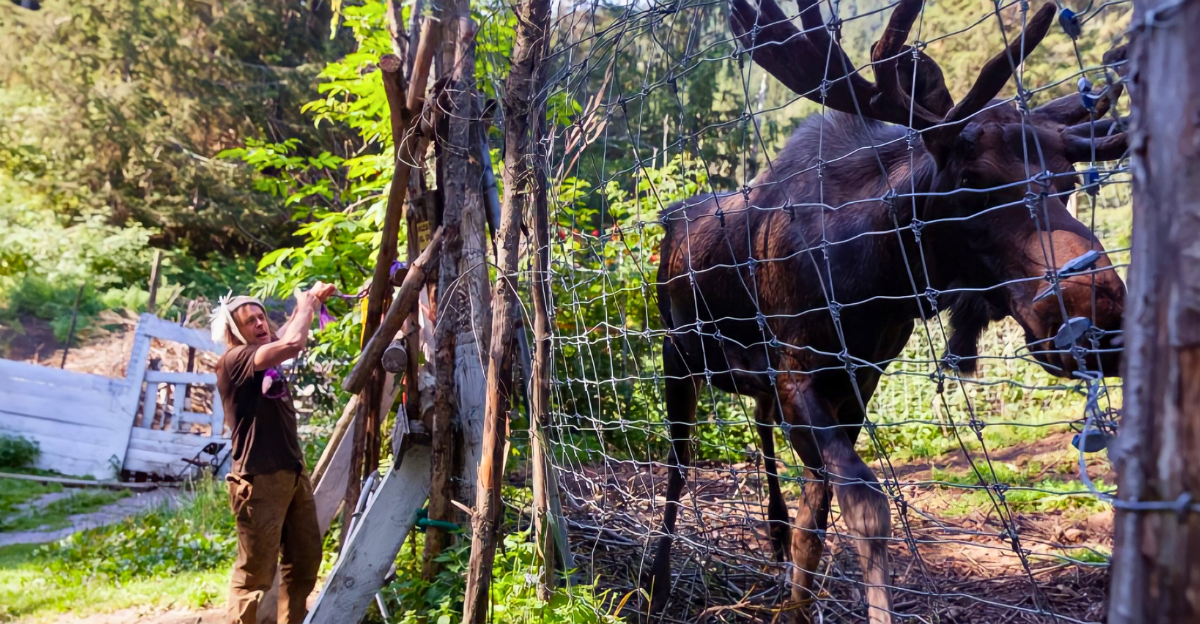
In late June 2025, the simmering conflict erupted into a dramatic enforcement action. Alaska State Troopers and Fish and Game officials raided the Kroschel Wildlife Center, seizing dozens of animals in a high-profile operation. Among the animals taken were wolves, a grizzly bear, lynx, and other species, totaling over 60 individuals. The raid was conducted to relocate the animals to licensed facilities such as the Alaska Zoo and the Alaska Wildlife Conservation Center, where authorities believed they would receive better care.
This intervention marked a pivotal moment in the saga, underscoring the state’s serious concerns about the sanctuary’s ability to meet regulatory standards. The seizure shocked the community and animal advocates alike, raising urgent questions about the animals’ welfare and the sanctuary’s future.
Impact on Local Community and Animals
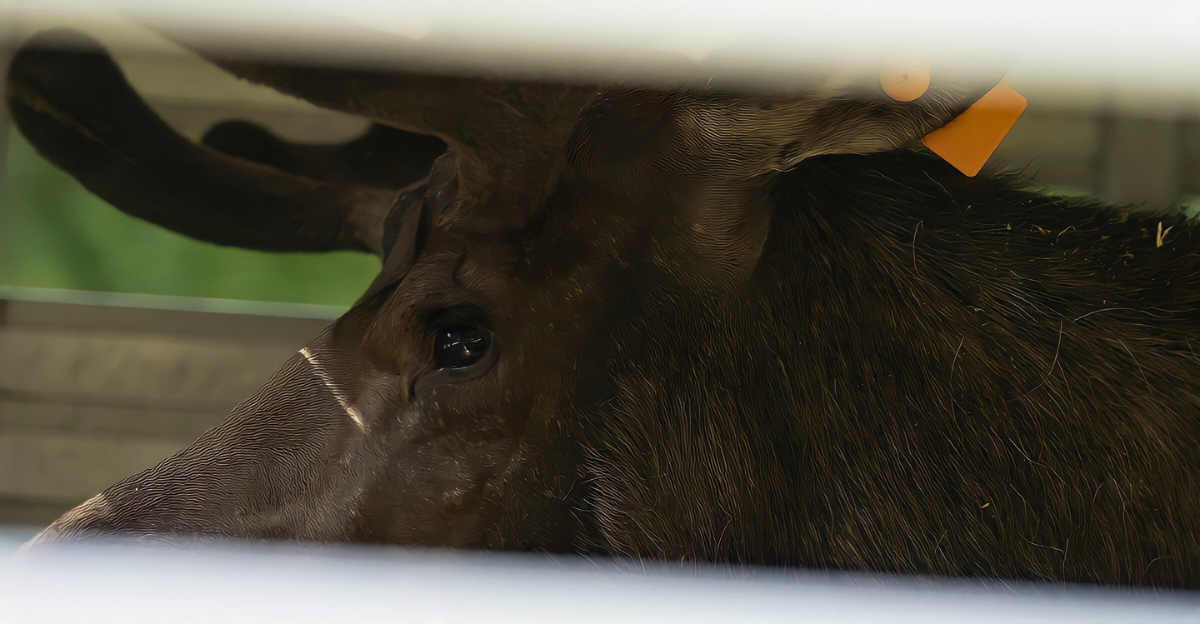
The raid on the Kroschel Wildlife Center, located near Mosquito Lake outside Haines, sent shockwaves through the local community. Staff, volunteers, and supporters expressed deep concern over the fate of the more than 60 animals seized. Reports soon emerged that nearly 20 animals remained unaccounted for following the raid, sparking fears about their safety and whereabouts. The disruption created a tense atmosphere, as people questioned how the animals would be cared for during and after the relocation.
The community’s emotional investment in the sanctuary and its wildlife was palpable, with many advocating for transparency and accountability from state agencies. This event highlighted remote communities’ challenges when state enforcement actions impact beloved local institutions and the animals they protect.
Sanctuary Owner’s Struggles and Claims
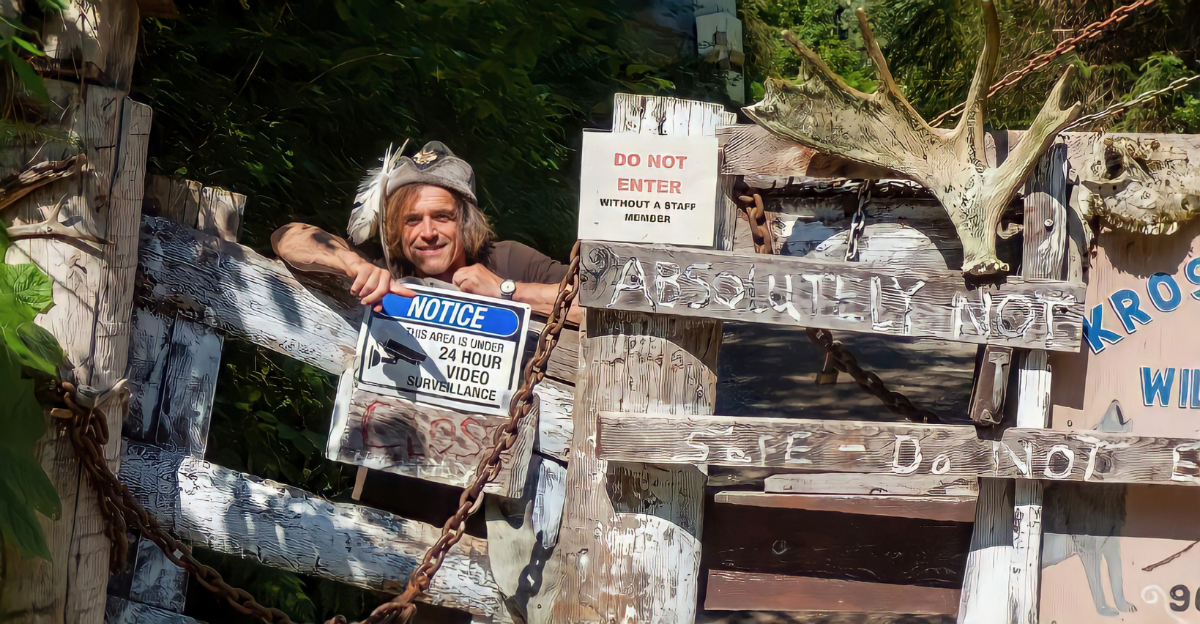
Steve Kroschel, the sanctuary’s owner and a well-known wildlife filmmaker, has faced ongoing licensing and regulatory compliance struggles. After losing his USDA license and state educational permit in 2024, Kroschel has publicly contested the decisions, claiming government overreach and unfair treatment. He has used social media and video platforms to share his perspective, criticizing the raid and the handling of the animals.
Kroschel argues that bureaucratic obstacles are undermining the sanctuary’s mission to rescue and educate. His vocal opposition has sparked public controversy, dividing opinion between supporters who see him as a dedicated conservationist and critics who emphasize regulatory concerns. The legal battles and public debates continue, reflecting the complex dynamics between private wildlife operators and state authorities.
Industry-Wide Regulatory Scrutiny
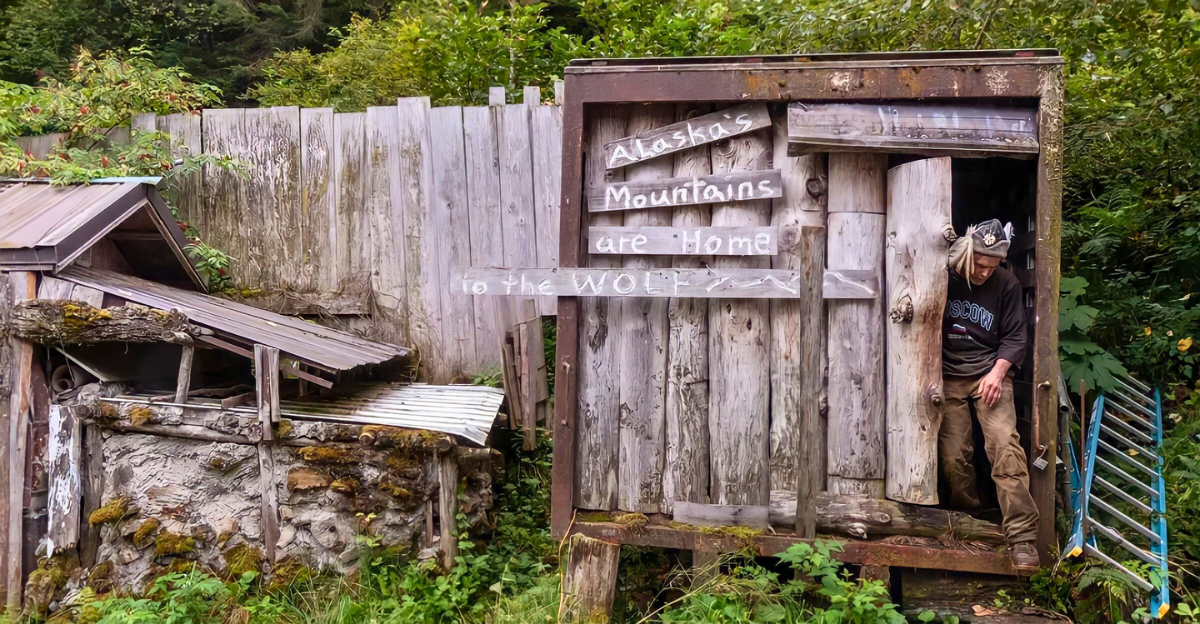
The raid on the Kroschel Wildlife Center has drawn attention from other wildlife centers, conservation groups, and industry stakeholders across Alaska. As regulatory agencies ramp up oversight of wildlife tourism and captive animal facilities, operators face increasing pressure to comply with stringent animal welfare and safety standards.
The Kroschel case serves as a cautionary tale, illustrating non-compliance risks and the consequences of regulatory disputes. It also highlights the challenges of managing wildlife sanctuaries in remote areas where resources and oversight may be limited. The heightened scrutiny is prompting many facilities to review their practices and permits, signaling potential shifts in how Alaska’s wildlife tourism industry operates in the future.
Shifting Public Attitudes and Expectations
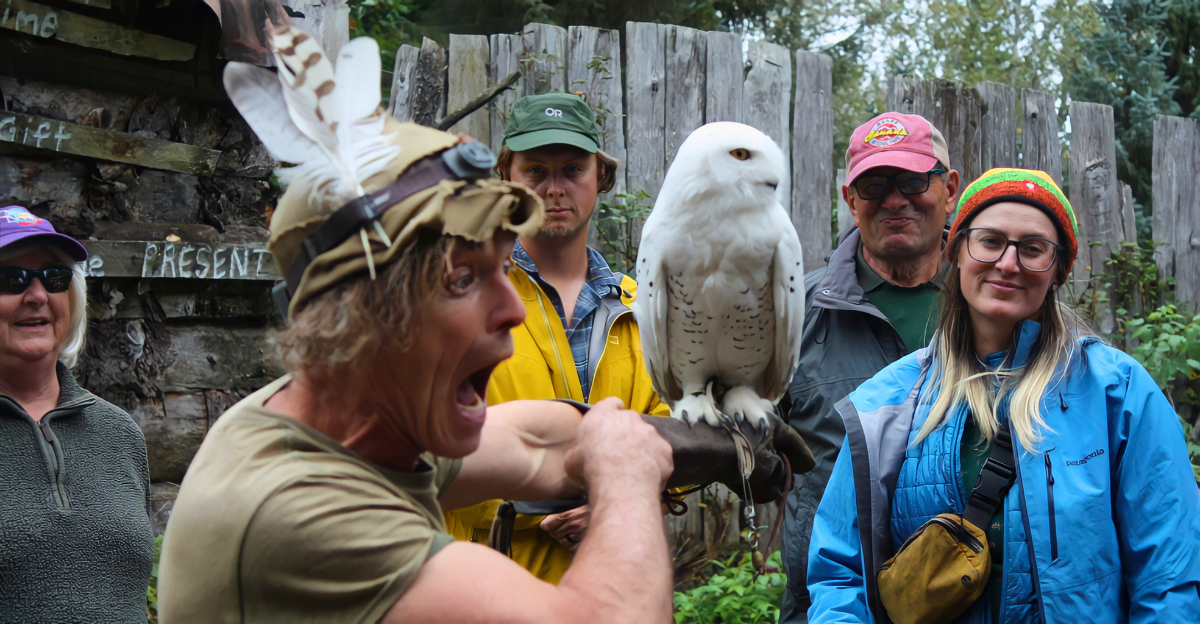
Public attitudes toward animal captivity and wildlife tourism are evolving rapidly. There is growing demand for transparency, ethical treatment, and conservation-focused practices in facilities that house wild animals. This shift places additional pressure on sanctuaries and wildlife centers to meet higher standards or risk closure.
The controversy surrounding the Kroschel Wildlife Center reflects these changing expectations, as visitors and advocates call for accountability and humane care. Increasingly, consumers want to support organizations that prioritize animal welfare and conservation education. This trend is reshaping the wildlife tourism landscape in Alaska and beyond, encouraging facilities to adopt more rigorous policies and engage openly with the public about their practices.
Uncertain Future for Alaska’s Sanctuaries
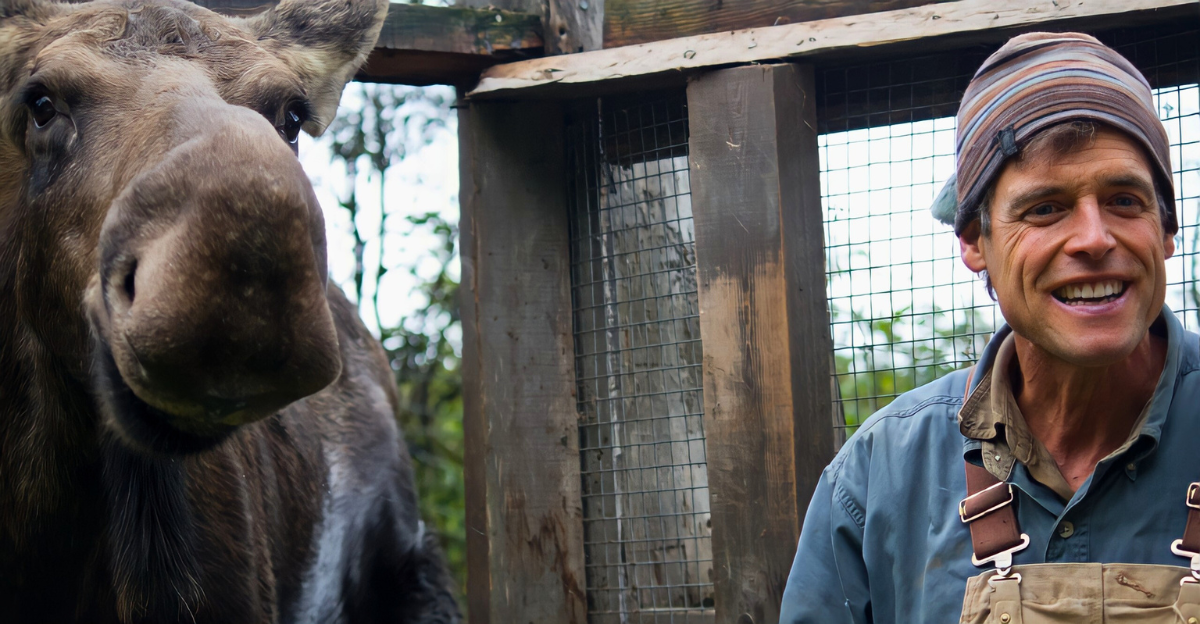
As legal battles unfold and investigations continue, the future of the Kroschel Wildlife Center and similar sanctuaries in Alaska remains uncertain. The case raises critical questions about balancing wildlife conservation, public education, and regulatory enforcement in remote and challenging environments. The outcome will likely influence state policies, industry standards, and public perceptions of wildlife sanctuaries.
It also underscores the need for clear guidelines and collaboration between private operators and government agencies to ensure animal welfare and community trust. What lessons will emerge from this remote frontier clash? The story remains open-ended, inviting reflection on the evolving relationship between humans and the wild animals they seek to protect.







